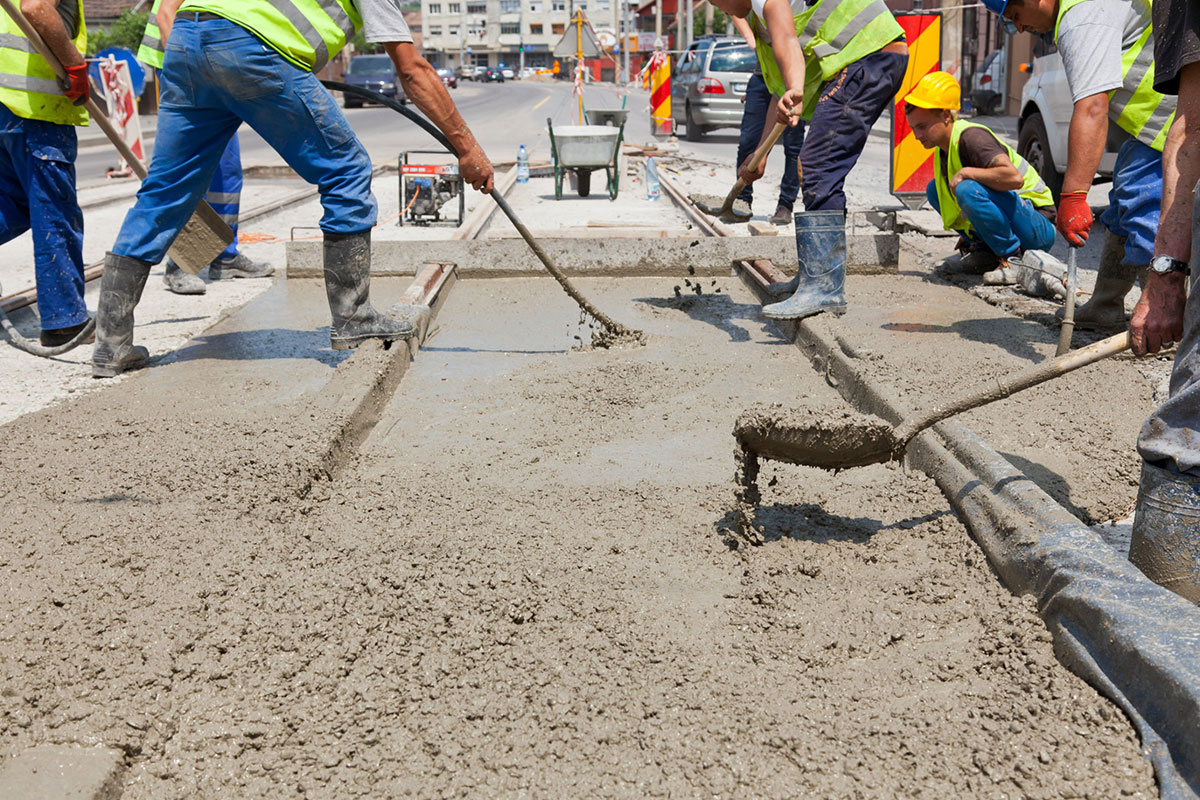Seize the Opportunity: How Construction Contractors Can Benefit from Low-Carbon Material Incentives

The U.S. Department of Transportation (DOT) has set a clear target: reducing greenhouse gas (GHG) emissions by promoting the use of green construction materials for transportation projects. With nearly 10% of global GHG emissions stemming from the construction sector, this initiative aims to make a significant environmental impact while offering a lucrative opportunity for construction contractors. A recent article from Construction Dive (https://www.constructiondive.com/news/dot-fhwa-low-carbon-construction-materials-transportation/725369/) discussed a new funding program from the Federal Highway Administration (FHWA) that construction contractors should know about. We’ll discuss what it is and how you can take advantage of it.
The $800 Million Opportunity for Green Building
On a mission to reduce the environmental footprint of America’s transportation infrastructure, the FHWA has announced an $800 million funding program. This Low Carbon Transportation Materials Program will reimburse agencies—including state DOTs, cities, towns, and even tribal governments—for utilizing construction materials that generate less pollution.
As Shailen Bhatt, the Federal Highway Administrator, points out, “[This] funding is all about ensuring that state DOTs, cities, towns, [metropolitan planning organizations], and tribes have an opportunity to use low-carbon materials” despite their higher initial costs and supply chain challenges. The program will cover the cost difference for using these sustainable materials, which often come with a premium price tag.
Why This Matters for Contractors
The program isn’t just a chance for the transportation sector to go greener; it’s also a strategic opportunity for construction contractors. With the federal government subsidizing the costs associated with low-carbon materials, contractors can now compete more effectively on projects that prioritize sustainability. As Bhatt noted, \”People know what they know… there are also low margins in this industry,\” which has historically made it difficult for contractors to adopt newer, greener materials.
Now, the funding can help overcome those hurdles, making it more feasible for contractors to integrate these materials into their projects and be more competitive in a changing market.
Types of Low-Carbon Materials to Consider
So, what materials should contractors be looking at? According to the FHWA, there’s a broad range of building products with lower embodied carbon, from recycled plastics in pavement to innovative asphalt mixes that require less heating. The Environmental Protection Agency (EPA) is also developing a labeling system to help identify climate-friendly materials, which will include a tiered rating system and a public registry. This initiative, part of the Biden administration’s Buy Clean Initiative, aims to leverage federal purchasing power to boost demand for American-made, lower-carbon construction materials.
How to Tap Into These Programs
Contractors eager to participate should begin by familiarizing themselves with the requirements and stipulations likely to be included in upcoming Requests for Proposals (RFPs). Many state and local government agencies are expected to integrate low-carbon material requirements into their RFPs, especially as the EPA’s labeling program rolls out over the next few years.
The FHWA plans to offer a series of webinars this fall to help contractors understand how to get started with low-carbon materials. This guidance will be crucial for firms that want to capitalize on these opportunities and stay ahead of the competition.
Looking Beyond: Other Government Programs to Watch
While the DOT’s Low Carbon Transportation Materials Program is a significant move, it’s just the beginning. There are other programs, like those funded through the Inflation Reduction Act, that focus on sustainability and infrastructure improvements. Staying informed about these programs will help contractors take advantage of available funding and expand their portfolios to include green projects.
For example, the EPA’s new label program will also offer clear standards for what constitutes “clean” construction materials. This clarity will help contractors choose products that align with federal and state guidelines, potentially opening doors to more projects that are federally funded or subsidized.
A Shift Toward Sustainable Construction
Ultimately, this shift toward low-carbon construction materials represents both a challenge and a massive opportunity. As Bhatt mentions, \”We want to provide the materials so that people know exactly what they need to do… so when we go out and build in the 21st century, we’re not using the same technology materials as we did in the 20th century\”.
Construction firms that adapt quickly, explore low-carbon materials, and stay informed about government programs will be best positioned to thrive in this evolving landscape. As more agencies prioritize green projects, contractors who embrace these changes will not only contribute to a more sustainable future but also bolster their competitiveness in the market.
Recommended articles
When Do You Need a Contractor’s License? A Real Talk About the Rules, Risks, and Loopholes
Top 10 Reasons Why a Career in Construction is a Great Choice
Looking Into the Future: Major Trends in Construction for the Next Decade
Stop losing profit.
Build bids in minutes and track every dime with ProfitDig.
Start Risk-Free30-Day Money Back Guarantee